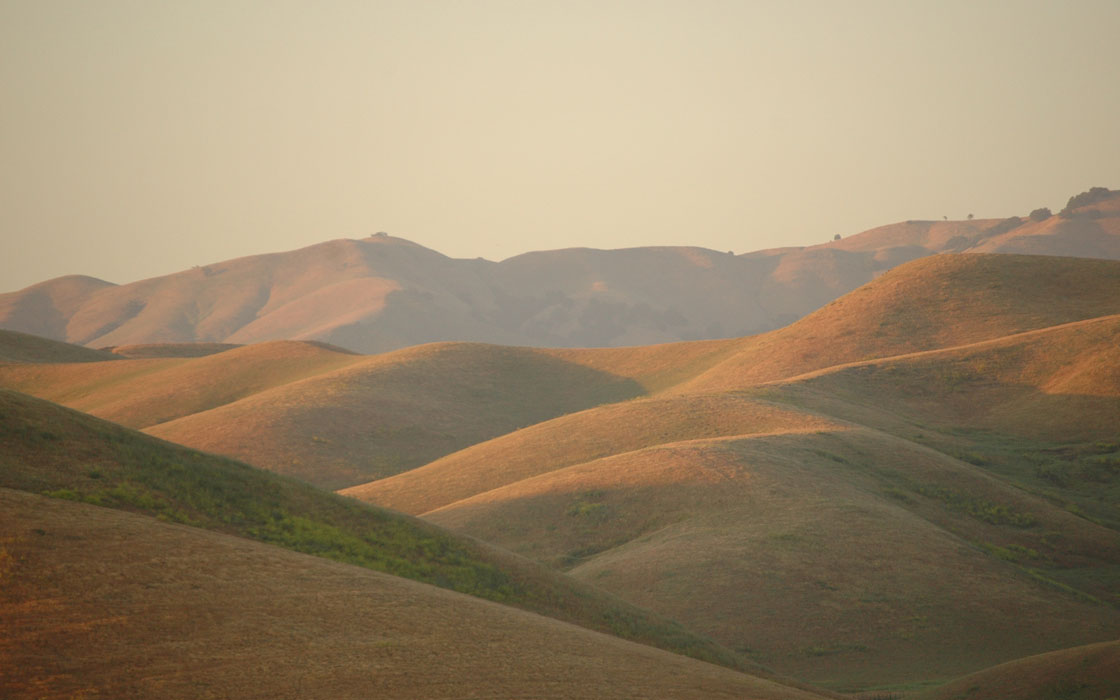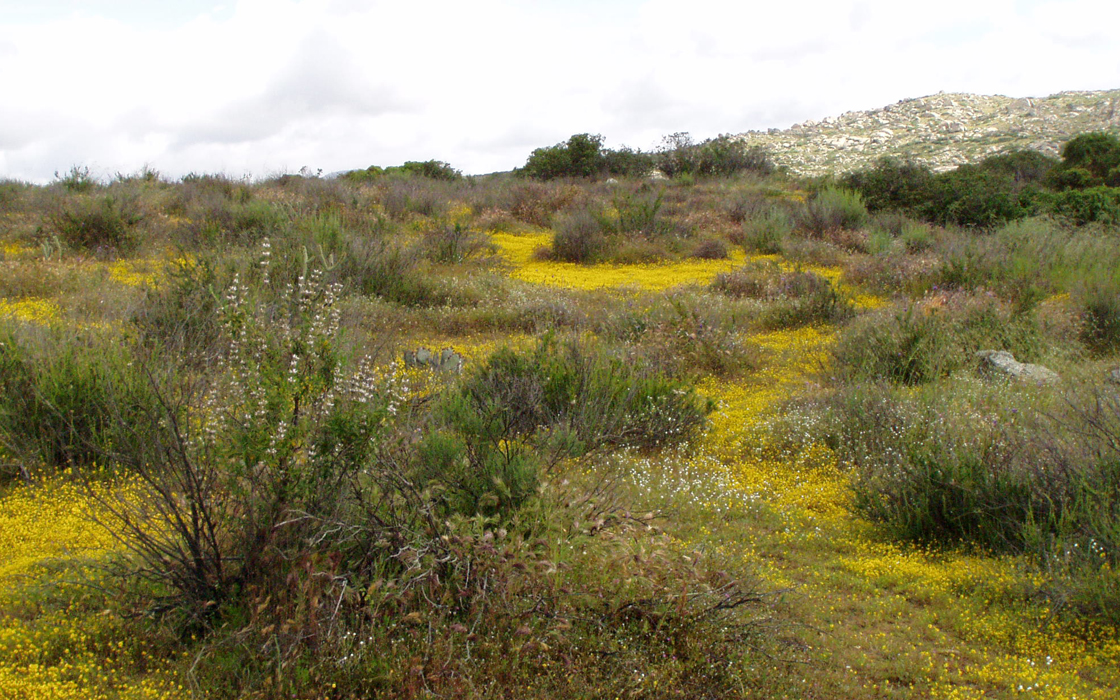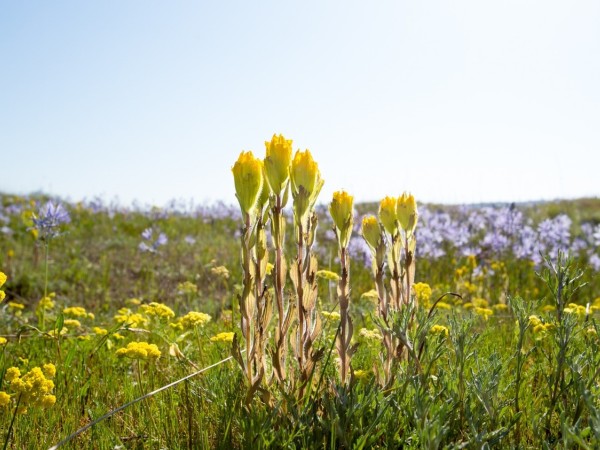The Federal Delisting of Golden Paintbrush: Cautious optimism for the future of this threatened plant species
The delightful vision conjured by the name ‘golden paintbrush’ belies the serious challenges that have been faced by this splashy perennial plant that is native to prairie landscapes in Washington, Oregon, and southern British Columbia. This species, along with many others native to the prairies, has been severely impacted by land use conversion (loss of habitat) and lack of protection and management. Listed as threatened under the federal Endangered Species Act in 1997 and by the State of Washington since the early 1980s, the species drew the attention of resource protection agencies and conservation organizations that have been working to revive this impacted species. After decades of restoration effort, on July 19, 2023, the US Fish and Wildlife Service (USFWS) formally ‘delisted’ the species, citing the successful actions by land owners and managers – including the Center for Natural Lands Management – and resource agencies in increasing the number of populations through aggressive seeding and planting efforts. CNLM’s role in this delisting decision includes growing the species at our native seed nursery to produce seed and seedlings and participating in reintroduction efforts with federal and state agency partners in bringing the paintbrush back to prairie landscapes on several preserves that it owns or manages in Thurston County, WA.
While the federal delisting is a hallmark of successful recovery actions, the species is not without its ongoing challenges. First, the new populations that have been created as a result of aggressive planting efforts on new sites are not yet firmly established as viable over the long term. It will take years of managing and monitoring to determine whether these new populations are self-sustainable. Second, the remaining natural populations are few in number and have great importance as the original source of seeds for new populations and the only sites on which we can confidently conduct research on the plant’s evolutionary history and long-term adaptive mechanisms. Those natural populations are not thriving at present raising concerns about the ability of the species to persist as self-sustaining wild populations. As a reflection of these and other concerns, the species remains listed as threatened by the State of Washington. Commented Joe Rocchio, Program Manager for Washington Department of Natural Resources’ (WDNR) Natural Heritage Program: “WDNR’s Natural Heritage and Natural Areas programs have been actively involved in the conservation of golden paintbrush for many decades. We are happy to see the collective efforts of the conservation community result in increased population numbers for this species. However, natural populations have been declining and while introduced populations currently have high numbers, many scientists are concerned that we don’t yet have enough data to determine if the long-term trend of these introduced populations will remain positive. As such, the species remains a State Threatened species. In collaboration with the U.S. Fish and Wildlife Service and other conservation partners, we will continue to monitor golden paintbrush populations to determine their long-term viability. We will also continue to work with our conservation partners to ensure ongoing conservation efforts remain focused on ensuring their preservation of this species.”
CNLM’s Pacific Northwest Restoration and Preserve Manager, Sanders Freed commented “CNLM is committed to continuing to protect this species on our preserves, to manage its environment in a manner that will support its persistence, and to continue to work with our conservation partners at the state and federal levels to ensure this species has every opportunity to make a full and sustainable recovery.”







